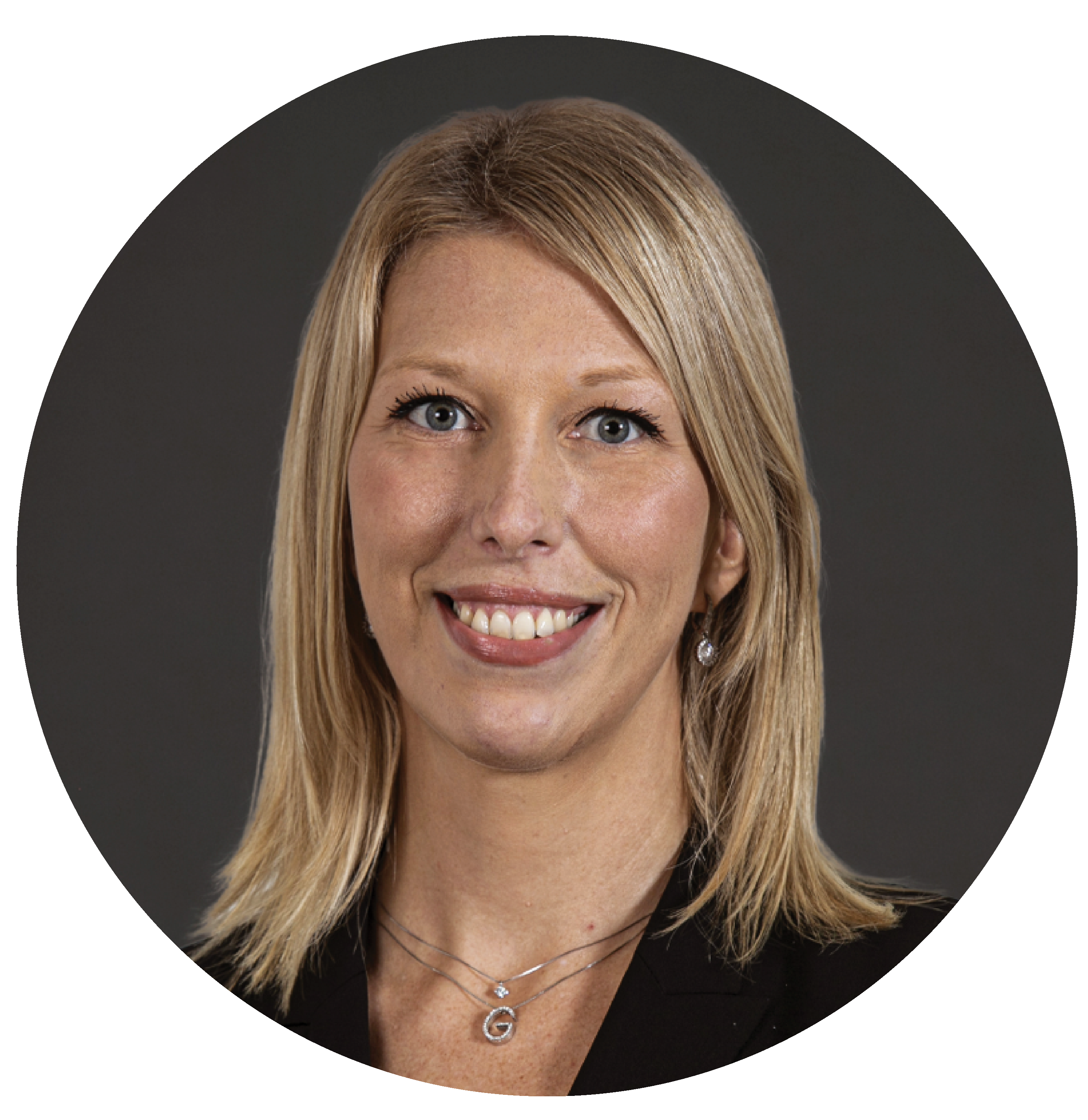The Longevity Economy: Unlocking an untapped megatrend

In Short
Watch this insightful video or read the article, below

Giulia CULOT
Senior Fund Manager Sycomore AM, part of Generali Investments

Is the ‘longevity economy’ synonymous with ageing populations, or does it present a different perspective?
The ageing of the world’s population is a phenomenon resulting from increased longevity on one hand and the reduction in birth rates on the other.
If we look at longevity data, average global life expectancy is now about 73 years old, compared to 45 years old in the 1950s. That means that in every three years since 1950, humans have gained about one extra year of life.
As for birth rates, the data is equally striking. In the 1950s, women had an average of five children on a global basis, while today this rate has almost halved to 2.4 children. Italy, which has 1.3 children per woman, is not only well below the world average but also below the European average of 1.5 children.
However, when discussing the longevity economy, the focus is on highlighting the positive aspects of an ageing population and the opportunities that seniors represent for the economy.
What are some of the opportunities of the longevity economy?
We would mention three significant points:
leisure time,
available wealth,
a different approach to consumption.
Regarding leisure time, in 1970, men and women in OECD countries spent an average of 16 and 12 years of their lives in retirement after leaving the labour force. Fifty years later, this number has increased to 24 years for women and almost 20 years for men.
Looking at available wealth, Baby Boomers, aged 55 to 77 years old, have more wealth compared to previous and future generations. In the United States, for example, Boomers control half of the country's wealth, equivalent to $140 trillion, compared to Generation X's $48 trillion and Millennials' $14 trillion.
Finally, in terms of consumption, there is a real cultural revolution that has happened. The difference between today's seniors and those of the post-war generation, aka the Silent Generation, is significant. Today's seniors are less frugal and want to enjoy life, and not conform to the stereotype of 'elderly people.' All of these elements support more and more demand for travel, leisure, personal care, and clothing.
"…in every three years since 1950, humans have gained about one extra year of life"
Do you see other implications of the longevity economy?
Another relevant segment is health, not just as "treatment" for illness and disease but as wellbeing and wellness. None of us want to live a long time while also being sick and unhealthy. Yet healthy life expectancy is currently about ten years less than overall life expectancy. The importance of wellbeing and the value of health, through segments such as nutrition and physical activity, are essential to ageing well rather than just living longer.
How does the GIS SRI Ageing Population strategy invest in this trend?
Since its launch in 2015, our belief has always been that a strategy focused on the ageing population should not be synonymous with investing solely in pharmaceutical companies or hearing aid manufacturers. For this reason, we have identified three investment pillars: health, pensions and savings, and consumption. The theme of the longevity economy naturally falls into the consumption segment, which represents about 40% of the strategy’s investments, including companies in travel, leisure, personal care, luxury, sports, and dietary supplements.1
What are some of the investments in strategy around the longevity economy theme?
One is a French company specializing in recreational vehicles, such as caravans and trailers, which enable people to travel freely and independently, fostering social and community relationships which is well aligned with the priorities of many seniors today. The company tells us that the average age for purchasing motorhomes is around 55, and that seniors represent over 70% of the market. So we can see that ageing demographics combined with the focus on wellbeing is a big factor supporting the demand for recreational vehicles.
Second is a German personal care multinational that is well-positioned to benefit from the growing demand for skincare products. The interesting aspect of this company is that under the new management, they have a renewed focus for innovation while maintaining the spirit of affordable pricing seen in the group's products. This is particularly interesting to us, given the context of the higher inflationary environment, which should support further growth.
Finally, we would point to an Italian fitness equipment manufacturer, which is well known for bringing new fitness solutions to the market, while spreading the culture of wellbeing. As a global leader in the premium sports equipment sector, the firm is a source of national pride in terms of innovation and at the heart of its mission is a strong commitment to promoting the importance of sport for wellbeing, which is particularly vital given the negative impact of sedentary lifestyles on people’s health.
"Today's seniors want to enjoy life, and not conform to the stereotype of elderly people"
Investment pillars2
45%
HEALTH
17%
PENSIONS & SAVINGS
38%
CONSUMPTION
1 Holdings / Allocations subject to change. There can be no assurance that the investment objective will be achieved or that there will be a return on capital. This fund does not benefit from any guarantee to protect the capital.
2 Source: Sycomore AM as of 29.09.2023, Internal definition. For more details on the ESG investment process, ESG approach and ESG criteria used in managing the sub-fund, please refer to the prospectus.
***
IMPORTANT INFORMATION
Marketing communication related to Generali Investments SICAV, a Luxembourg UCITS-SICAV, and its Sub-fund, SRI Ageing Population, (“the Fund”) - Only intended for professional investors in ITALY, FRANCE, AUSTRIA, GERMANY, SPAIN, PORTUGAL AND LUXEMBOURG, where the Fund is registered for distribution - Not for U.S. Persons – The objective is to outperform MSCI Europe – Net Total Return Index by investing with a socially and Responsible Investment (SRI) process in listed equities from European companies that offer solutions for ageing societies through their products and services. The product is actively managed in reference to the Benchmark. The Investment Manager has full discretion over the composition of the portfolio and therefore its composition may deviate from the Benchmark. Inherent risks of the Fund (non-exhaustive list): Equity risk - Derivative risk: when using derivatives, the use of leverage may increase the potential risk of loss. - Sector-based / concentrated fund risk - Sustainable finance risk - Risk of capital loss: this is not a guaranteed product. Investors may risk losing part or all of their initial investment. Returns may increase or decrease as a result of currency fluctuations. Main costs (not an exhaustive list as per the KID dated 10 January 2023): Illustrative institutional class: ISIN LU1234787205 – countries of registration AT, CH (registered with the FINMA), CZ, DE, ES, FI, FR, IT, LU, NL, PT, SE, SK, UK (recognized scheme) - Management fees and other administrative costs: 0.91% per year of the value of your investment (consisting of 0.75% of Management fees per year). This is an estimate based on actual costs over the last year - Performance fee: none. Several other costs apply and differ by share class, such as entry/exit costs and transaction costs per year. The future performance is subject to taxation, which depends on the personal situation of each investor, and which may change in the future. Before making any investment decision, please consider all characteristics, objectives, risks and costs in the Key Information Document (KID) available in one of the official languages of your country, the Prospectus available in English (not in French) and its SFDR Appendix upon request free of charge to the Management Company, Generali Investments Luxembourg S.A., 4 Rue Jean Monnet, L-2180 Luxembourg, Grand Duchy of Luxembourg, e-mail address: GILfundInfo@generali-invest.com or at www.generali-investments.lu, where you can also find a summary of your investor rights (in English or in an authorized language) in the section “About us/Generali Investments Luxembourg”. The Management Company may decide to terminate the agreements made for the marketing of the Fund in your country. Issued/sourced by Generali Investments Luxembourg S.A., Luxembourg UCITS Management Company of the Fund, Generali Investments Partners S.p.A. Società di gestione del risparmio, Italian asset management company, appointed as marketing promoter of the Fund in the EU/EEA countries (Via Niccolò Machiavelli 4, Trieste, 34132, Italia) and Sycomore Asset Management (“Sycomore”) is authorized as UCITS management company and Alternative Investment Fund Manager (AIFM) in France.
